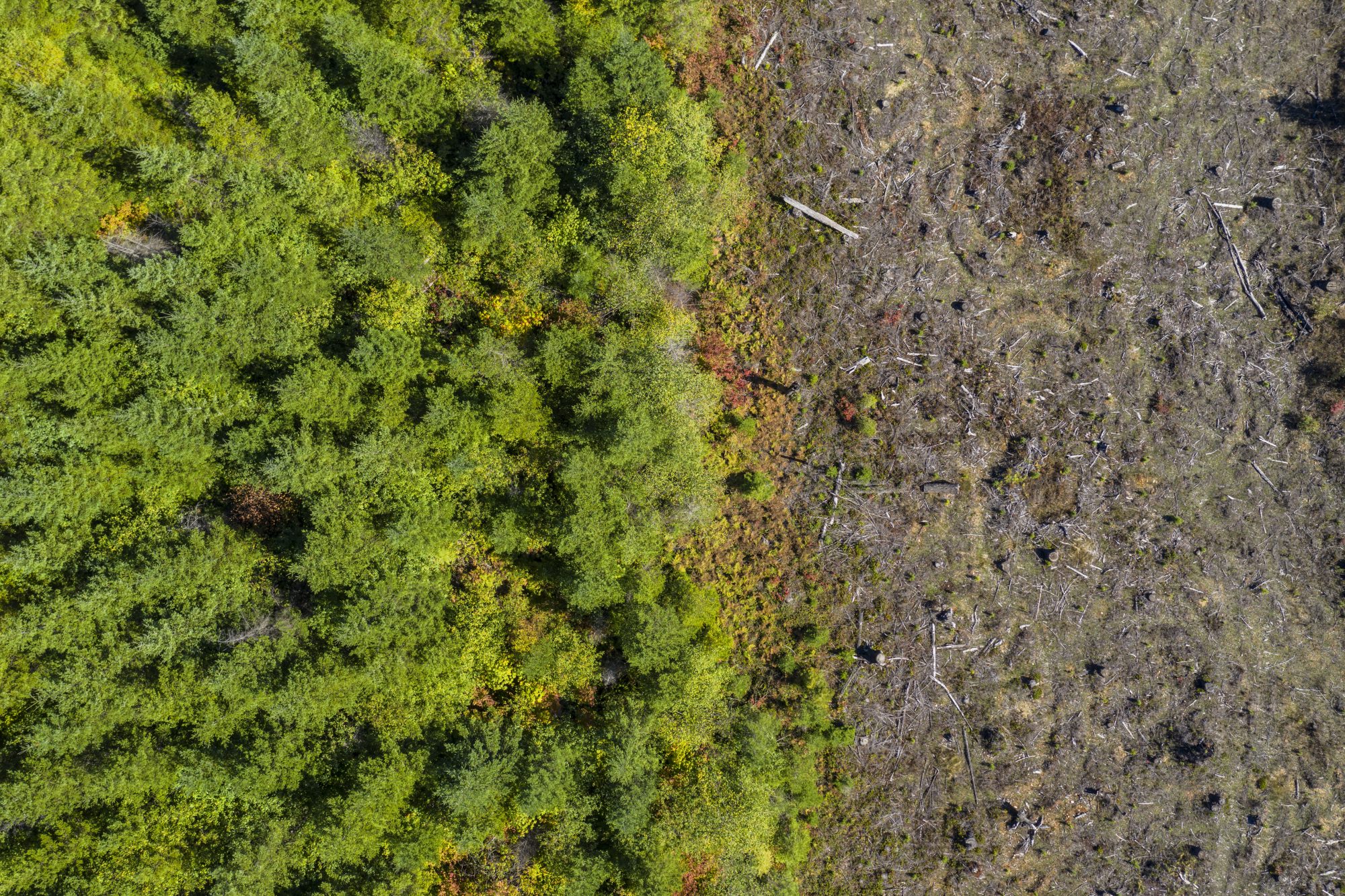At-risk species
Biodiversity-related issues, such as Endangered Species Act listing determinations, have significant influence on land management and wood procurement nationwide.
Learn More

Consideration for biological diversity has become an integral component of sustainable forestry certification programs. Demonstrating sustainability of forest practices on managed forests is critical to maintain the ability of Member Companies to manage forests and procure wood without unnecessary regulatory constraints and to maintain their social license to operate. Thus, there is a continued need for information on relationships between forest management and biodiversity, including cost-effective methods to address at-risk species on working forest landscapes.
Wildlife & Biodiversity
Biodiversity-related issues, such as Endangered Species Act listing determinations, have significant influence on land management and wood procurement nationwide.
Learn More
The mission of the Sustainable Forestry and Eastern Wildlife Program is to provide sound science and technology that support the practice of sustainable forestry and the development of innovative, cost-effective management strategies that benefit the environment.
Learn More
Results from this study will strengthen the body of information about the value of working forests for pollinator communities, thus enhancing the foundation for forest management decisions and responses to policy or regulatory proposals.
Learn More
Early seral forests contribute important heterogeneity to landscapes in the Pacific Northwest. Federal forest management and intensification of management on private lands have reduced availability of complex early seral ecosystems, contributing to calls for forestry approaches to help balance the aims of wood production and biodiversity conservation.
Learn MoreHabplan is a program developed by NCASI staff to assist forest managers with harvest and habitat scheduling. Written in JAVA, Habplan uses a simulation approach, based on the Metropolis Algorithm, to generate feasible (near optimal) harvest schedules.
Learn More
Research results from the Western Sustainable Forestry Program (WSFP) provide a scientific foundation for industry efforts to advance cost-effective approaches to conserving wildlife and biodiversity in managed forests.
Learn More
Fall 2025 Meeting Recording Spring 2022 Meeting Recording…
Learn MoreThis one-pager provides high-level research summaries for key issues such as biodiversity, forest and water, carbon, and trends in forest gain/loss.
Learn MoreWhite-nose syndrome has been especially devastating to four bat species that depend on eastern forests; little brown, northern long-eared, Indiana, and tricolored bats. The good news is that, at the landscape scale, forest conditions and forest management are not limiting for these species. Further, many forest management activities can improve roosting and foraging habitat for bats.
Learn MoreThe southeastern US is widely known as a bastion of privately-owned, managed pine (Pinus spp.) forests, comprised primarily of native…
Learn MoreThis briefing note examines how harvesting for biomass feedstock relates to forest harvesting and identifies current knowledge gaps concerning biodiversity response to this harvesting.
Learn MoreNutrition underpins virtually every life process in animals and is fundamentally important to populations through its effects on survival and reproduction.
Learn MoreFire can have positive or negative effects on forest ecosystems, depending on the characteristics of the forest and of the fire.
Learn MoreClick here to view Fact Sheet Birds are strongly tied to the structural characteristics of forests and…
Learn More